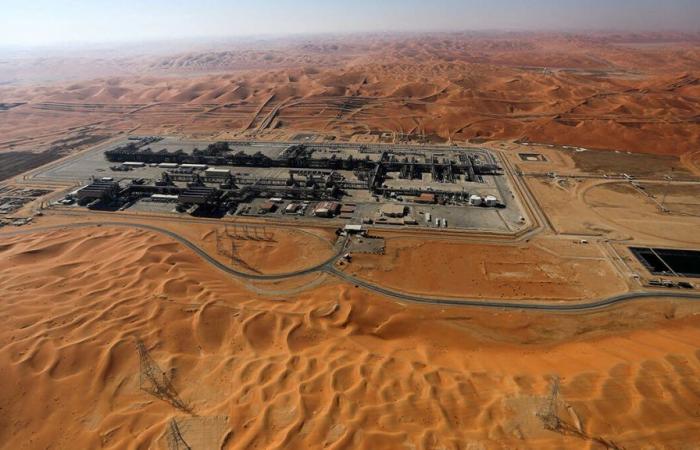- Impact on OPEC+
- The role of renewable energies in stabilizing oil demand
As the International Energy Agency (IEA) has highlighted in its latest published report, “comfortably” supplied oil markets are expected until 2030. Based on the new medium-term perspectives prepared by the agency, global oil production is expected to increasereducing market tensions and pushing excess capacity towards levels not seen since before the COVID-19 crisis.
In line with current policies and market trends, strong demand from fast-growing economies in Asia, as well as the aviation and petrochemical sectors, will drive greater use of oil in the coming years.
However, these advances will be offset by factors such as increased sales of electric cars, improvements in fuel efficiency in conventional vehicles, reduced use of oil for electricity generation in the Middle East, and structural economic changes. .
As a result, the IEA report forecasts that global oil demand, including biofuels, will reach just over 102 million barrels per day in 2023. will stabilize at around 106 million barrels per day by the end of this decade.
On the other hand, it is expected that an increase in global oil production capacity, led by the United States and other American producersexceed demand growth between now and 2030. In this sense, it is worth noting that non-OPEC+ producers are leading the expansion of global production capacity to meet this anticipated demand, which represents three quarters of the expected increase until 2030.
The United States alone could contribute 2.1 million barrels per day of non-OPEC+ gains, while Argentina, Brazil, Canada and Guyana account for another 2.7 million barrels per day.
“The projections in this report, based on the latest data, show a significant supply surplus emerging this decade, suggesting that oil companies may want to ensure their strategies and business plans are prepared for the changes that are occurring,” said IEA executive director Fatih Birol, who also recommended producers “review their business plans.”
Impact on OPEC+
Simon Henderson, an analyst at The Washington Institute, believes that The main regional oil players, such as Kuwait, Iran, Saudi Arabia and the United Arab Emirates, would be the most affected by the fall in priceswhich would also undermine the influence of OPEC+ as a cartel.
For the moment, OPEC+ Secretary General Haitham al-Ghais described the latest IEA forecast as “dangerous”, warning of energy chaos if producers stop investing.
Henderson reminds that Saudi Arabia – the largest regional producer – needs high prices to continue financing the project Vision 2030 promoted by Crown Prince Mohamed bin Salman. “Less revenue would probably mean delays that are difficult to explain given all the promises made so far,” he notes.
On the other hand, for Iran the increase in illicit oil exports – assuming that sanctions remain in force – would not affect limited government revenue. Among other consequences, this could increase social discontent and provoke mass protests.
The revenues of major natural gas producers such as Qatar – which has the world’s third-largest reserves after Russia and Iran – will likely be less affected given the weak link between oil and gas pricesexplains the analyst.
Outside the Middle East, Russia remains a major oil producer and could be hit hard in the coming years, especially if war and sanctions continue. “However, China is primarily an importer and may gain some advantages as a result.”says Henderson.
Also for Washington and many other governments, the IEA forecast is uncomfortable. Henderson says that although politicians in consuming countries always welcome lower prices at the pump and are traditionally more concerned about the immediate future than what might happen five years from now, “the excess The expected oil price means that Middle Eastern partners may be less able to help financially on regional issues, afford major arms purchases, provide generous subsidies to their people, etc.
The role of renewable energies in stabilizing oil demand
The surplus expected for 2030 is due to a stabilization in oil demand, something that would be achieved thanks to the transition to electric vehicles and renewable energy. Key Middle Eastern countries such as Saudi Arabia are already switching to solar and other clean energy to generate electricity, leaving more oil available for export.
In this sense, The IEA also cites the expected decline in China’s economic growth rate as a brake on oil demand..
Henderson stresses that regardless of how the supply and demand calculations turn out, “Middle Eastern governments need to redo their oil calculations, whether they admit it or not.” “Their economies and, by extension, their internal and regional power depend on lucid decisions being made well before 2030”he concludes.
Read more






